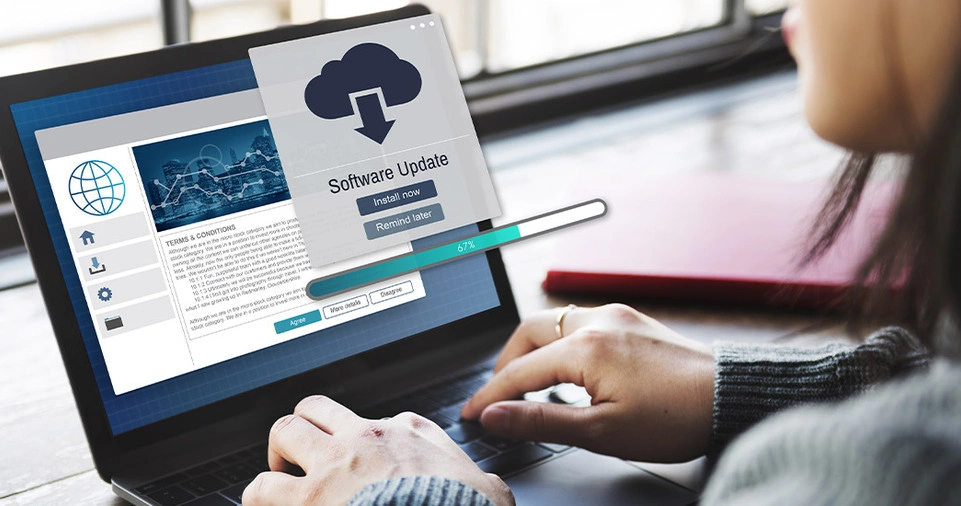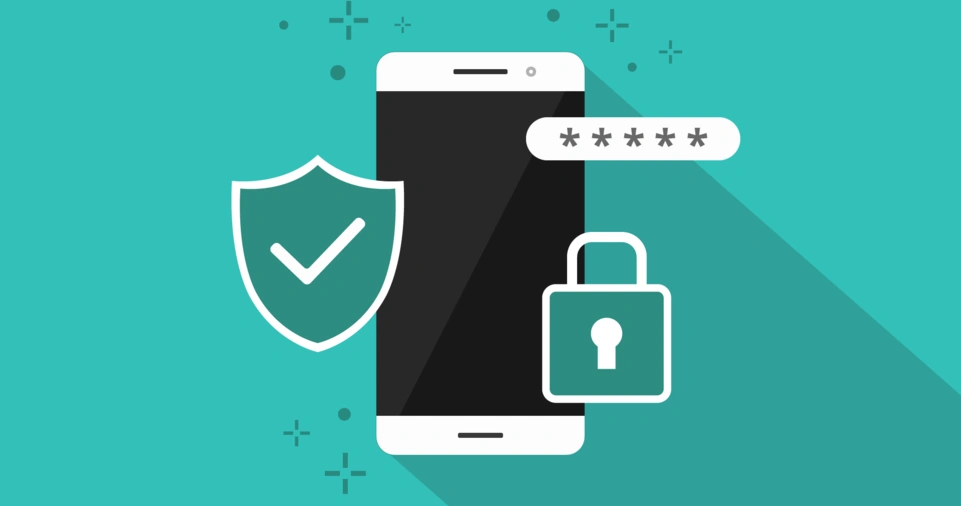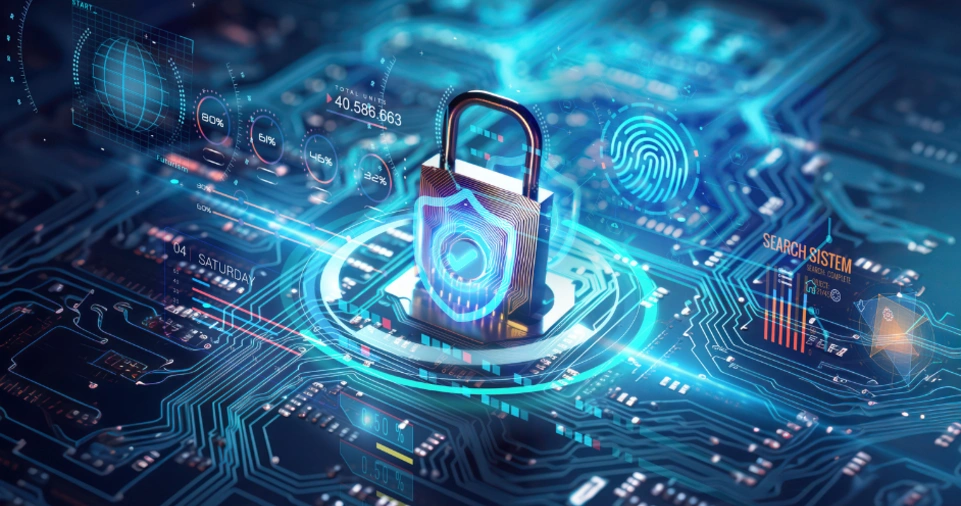In today’s digital world, data security is more important than ever. With hackers, cybercriminals, and data breaches on the rise, safeguarding your personal and professional information should be a top priority.
Whether you’re a business owner, student, or casual internet user, taking proactive steps to secure your data can save you from financial losses, identity theft, and other cyber threats.
This guide will provide practical cybersecurity tips to keep your data safe.
We’ll cover everything from strong passwords to encrypted communication, helping you stay one step ahead of cybercriminals.
Why Cybersecurity Matters
Data breaches can lead to serious consequences, including:
- Identity theft – Cybercriminals use stolen personal information for fraudulent activities.
- Financial loss – Hacked bank accounts or unauthorized transactions can cost you money.
- Reputation damage – Businesses that suffer breaches lose customer trust.
- Legal issues – Companies failing to protect user data may face lawsuits and penalties.
- Operational disruptions – Cyberattacks can cause downtime and halt business operations.
- Emotional distress – Victims of data breaches often experience stress and anxiety.
By following these cybersecurity best practices, you can mitigate risks and protect your sensitive information.
Use Strong and Unique Passwords
Passwords are the first line of defense against unauthorized access.
Here’s how to create strong passwords:
Best Practices for Strong Passwords
| Do | Don’t |
|---|---|
| Use at least 16-20 characters | Use common words like “password123” |
| Include a mix of letters, numbers, and symbols | Reuse passwords across multiple sites |
| Use passphrases like “M0n@rchButterfl!esFlyHigh2024” | Share passwords with others |
| Use a password manager | Write passwords on paper or store them in unprotected files |
Additional Tips:
- Enable two-factor authentication (2FA) whenever possible.
- Change passwords regularly and never reuse old ones.
- Avoid using personal information (birthdays, names) in passwords.
- Consider using passkeys or biometric authentication for added security.
Enable Two-Factor Authentication (2FA)
Two-Factor Authentication (2FA) adds an extra layer of security by requiring two forms of verification, typically:
- Something you know – A password.
- Something you have – A code sent to your phone or email.
Common 2FA Methods
| Method | Security Level |
|---|---|
| SMS or Email Codes | Moderate |
| Authenticator Apps (Google Authenticator, Authy) | High |
| Biometric Authentication (Fingerprint, Face ID) | Very High |
| Hardware Security Keys | Extremely High |
Keep Your Software Updated

Outdated software is one of the easiest ways for hackers to exploit vulnerabilities. Always update your operating system, apps, and antivirus software.
Why Updates Matter
- Patch security vulnerabilities that hackers may exploit.
- Improve software performance and introduce new features.
- Reduce the risk of malware infections.
- Ensure compatibility with the latest security standards.
Set software to update automatically whenever possible to ensure you’re always protected.
Be Cautious with Public Wi-Fi
Public Wi-Fi networks (in coffee shops, airports, hotels) are convenient but highly insecure.
Hackers can intercept your data if you’re not careful.
How to Use Public Wi-Fi Safely:
| Do | Don’t |
|---|---|
| Use a VPN (Virtual Private Network) | Access banking or sensitive accounts |
| Verify the network name before connecting | Log in to work emails or confidential files |
| Use mobile data instead, if possible | Leave Bluetooth or file sharing on |
| Enable “Forget Network” after use | Connect to unsecured, open networks |
A VPN encrypts your internet traffic, making it harder for hackers to steal your data.
Protect Against Phishing Scams
Phishing attacks trick you into giving away personal information through fake emails, messages, or websites.
How to Spot a Phishing Attempt
- Suspicious email addresses – Check for slight misspellings.
- Urgent messages – Scammers create panic (e.g., “Your account will be suspended!”).
- Unusual links – Hover over links to check legitimacy before clicking.
- Poor grammar and design – Official companies maintain professional emails.
- Unexpected attachments – Never open files from unknown senders.
How to Stay Safe
- Never click on suspicious links.
- Verify emails by contacting the company directly.
- Use email filtering tools to block phishing emails.
- Report phishing attempts to IT departments or cybersecurity authorities.
ALSO READ: How to Start a Multi-Niche Blog That Attracts Readers
Secure Your Devices

Your devices (phones, tablets, computers) store sensitive data, making them attractive targets for hackers.
Steps to Protect Your Devices
| Action | Why It Matters |
|---|---|
| Use strong passwords or biometric locks | Prevents unauthorized access |
| Enable remote wipe options | Erases data if your device is stolen |
| Keep Bluetooth and file sharing off when not needed | Reduces exposure to cyber threats |
| Install security software | Detects and blocks malware |
| Use encrypted storage options | Protects sensitive data even if the device is lost |
Backup Your Data Regularly
Data loss can occur due to cyberattacks, hardware failures, or accidental deletion. Regular backups ensure you don’t lose important files.
Backup Strategies
- Use multiple backup locations – Cloud storage + external hard drives.
- Enable automatic backups for seamless protection.
- Encrypt backup files to prevent unauthorized access.
- Test your backups to ensure data can be restored successfully.
Be Mindful of Social Media Privacy
Hackers can use publicly available information to target you with cyberattacks.
How to Protect Your Privacy on Social Media
- Adjust privacy settings to limit who can see your posts.
- Avoid oversharing personal details like phone numbers, addresses, or travel plans.
- Be skeptical of friend requests from unknown accounts.
- Use separate emails for social media and financial accounts.
Recognize and Avoid Ransomware Attacks
Ransomware is malicious software that locks your files and demands payment to restore access.
How to Prevent Ransomware Attacks
| Do | Don’t |
|---|---|
| Keep software updated | Click on unknown email attachments |
| Use strong security software | Pay the ransom – it doesn’t guarantee file recovery |
| Backup data frequently | Download files from untrusted sources |
| Enable ransomware protection features | Ignore cybersecurity warnings |
ALSO READ: How to Start Investing with Little Capital
Conclusion
Cybersecurity is a shared responsibility. By implementing these cybersecurity tips, you can protect your data, finances, and personal information from cyber threats.
Take action today by strengthening your passwords, enabling two-factor authentication, and staying vigilant against scams.
🔹 Stay Safe Online! 🔹
Have cybersecurity questions? Share them in the comments or check out our other guides for more insights!







